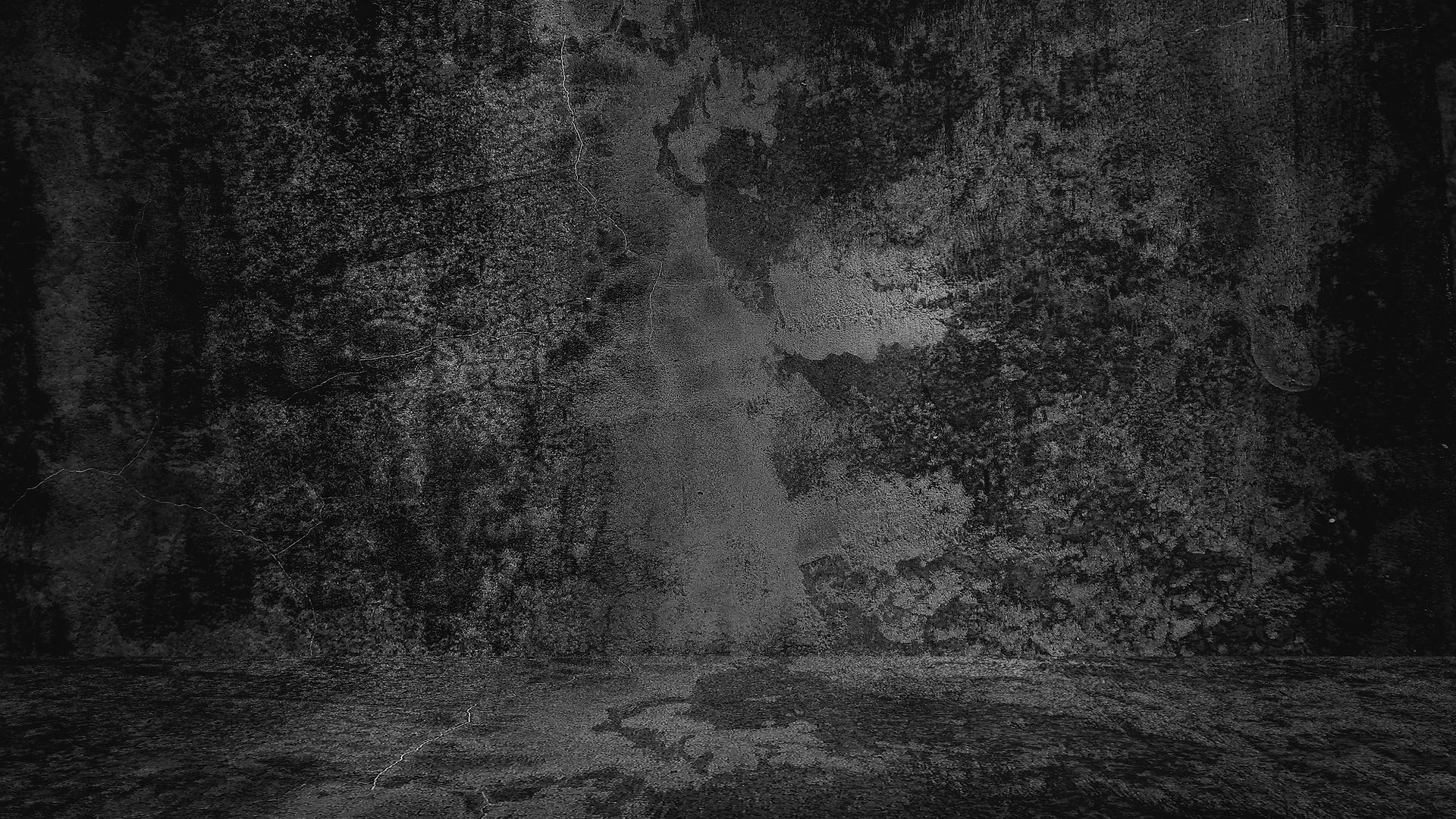


The Histories of Violence project was founded in 2011 by Professor Brad Evans. It has continued under his direction ever since, opening new conversations & research in partnership with many reputable organisations, intellectual and cultural producers around the world.
Email:
Philosophy
Violence is not some intellectual curiosity or social problem to be studied at a cold objective distance. It represents a violation in the very conditions constituting what it means to be human as such. Violence is always an attack upon a person’s dignity, their sense of selfhood, and their future. It is nothing less than the desecration of one’s position in the world. It is a denial and outright assault on the very qualities we claim makes us considered members of this social fellowship and shared union called “civilization.” In this regard, we might say violence is both an ontological crime, insomuch as it seeks to destroy the image we give to ourselves as valued individuals, and a form of political ruination, which stabs at the heart of human togetherness that emerges from the ethical desire for worldly belonging.
In order for violence to be accepted there is a need for normalization. Such normalization depends upon immunization, like a surgical strike penetrating the body with such ruthless efficiency we no longer see it as being violence. While we might see the cruelty as something that is painful, we can reason beyond this, hence beyond the violence itself, for some greater political good. The violence in this regard is overlaid with a certain metaphysical cloak whose mask of mastery covers over the desecrated body with a virtuous blood soaked robe. This often assumes deeply moralised forms, notably through the naked appeal to the language of "sacrifice". But we also know that violence is always mediated by expressed dichotomies of permissible and impermissible actions. Not all violence is warranted. Some forms of violence or what we prefer to call force or collateral damages can be fully reasoned, while others clearly go beyond the tolerance threshold.
There is even a distinct politics at work in the very naming of something as violence; in words, intensions and deeds, which also gives rise to very contested claims regarding the position of perpetrators and victims as they appear within its all consuming and seemingly inescapable orbit.
Yet what defines the human condition is not simply that we live with a capacity to be wounded. We also have the capacity to think and imagine better worlds. So this is what is really at stake here. To accept violence is to normalize the wounds that tear apart the bodies of the living. Through the subtle intimacy of its performance, it brings everything into its domain such that the future can only appear to us as something that is violently fated. Every scar left upon the body of the individual is another cut into the flesh of the earth. Still - as artists, writers, critics, poets and everyday people from history continually remind, no system of violence is ever totalising. People will resist what is patently intolerable. And the force of violence is truly incomparable when it confronts the force of a more poetic sensibility, the force of love.
This an understanding should raise profound questions for us, both in terms of dealing with the torturous legacy of human affliction and the continued capacity for us to violate the bodies of others; alongside the way, we are to respond to these tragic conditions so that we might rethink the very concept of humanity in more affirmative, spiritual, and dignified terms. Confronting these demands is what the Histories of Violence project aims to respond to. It doesn't propose a simple or ideological "solution" to violence, as if one were ever available to us in all places and for all times. Violence does take many different forms. What it does insist upon is an open and at times difficult conversation, which aims to rethink the multiple ways violence makes a claim upon us, and in the process, reimagine what it means to be human in the 21st Century.
Brad Evans
Project Timeline
Sept 2011 - April 2014
April 2014 - Dec 2017
Jan 2018 - Present
Launch of the Histories of Violence project with "Ten years of Terror" Series. Film screening of project at Guggenheim Museum in New York. Content partnership with the Guardian, UK. Early production of the "thinkers" series.
Production and release of the "Disposable Life" series. Publication of accompanying book with Citylights Press. Launch of dedicated series of conversations with New York Times.
Launch of the "Histories of Violence" conversations series in L.A Review of Books. Production of the "State of Disappearance" project. Release of two anthologies on Violence. Curation of dedicated volumes "The Quarantine Files" and "When the Towers Fell".
